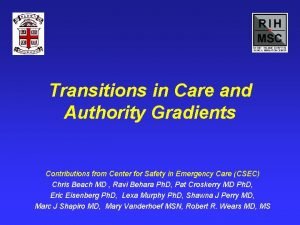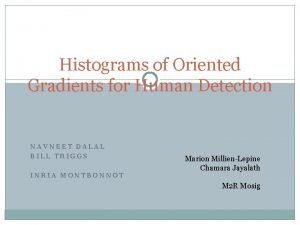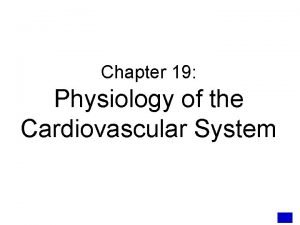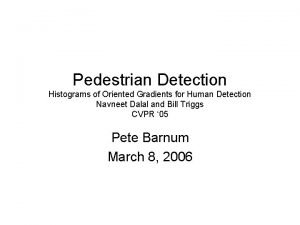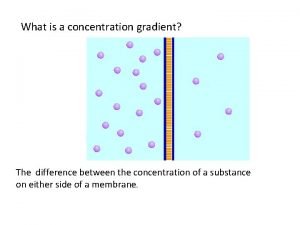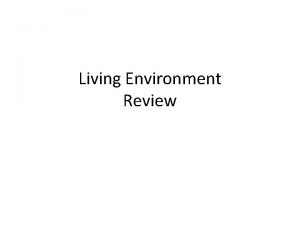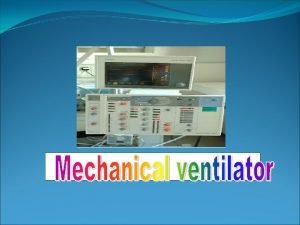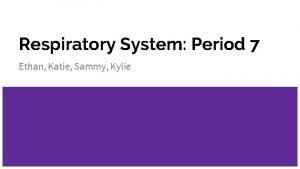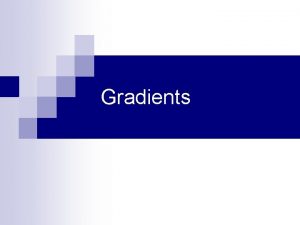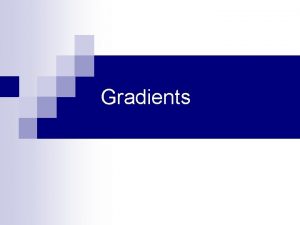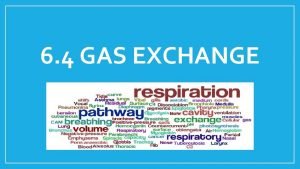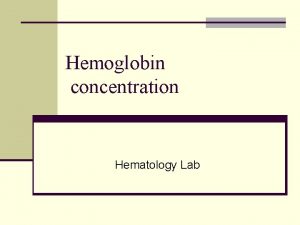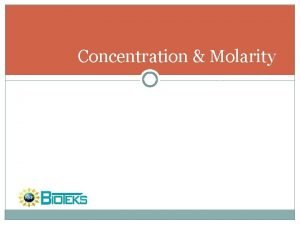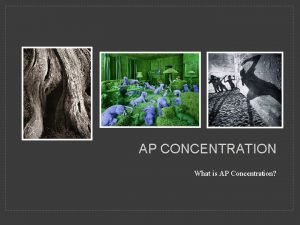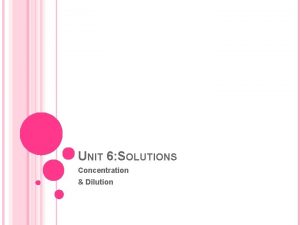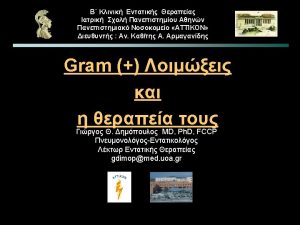VENTILATION U 1 Ventilation maintains concentration gradients of










- Slides: 10

VENTILATION

U 1 Ventilation maintains concentration gradients of oxygen and carbon dioxide between air and alveoli and blood flowing in adjacent capillaries. • Ventilation is the physical process of breathing. • INHALATION replaces the diffused O 2 maintaining a HIGH oxygen concentration inside the alveoli EXHALATION removes CO 2 keeping carbon dioxide concentrations LOW in alveoli.

U 2 Type I pneumocytes are extremely thin alveolar cells that are adapted to carry out gas exchange.

U 3 Type II pneumocytes secrete a solution containing surfactant that creates a moist surface inside the alveoli to prevent the sides of the alveolus adhering to each other by reducing surface tension.

U 4 Air is carried to the lungs in the trachea and bronchi and then to the alveoli in bronchioles

U 5 Muscle contraction causes the pressure changes inside thorax that force air in and out of the lungs to ventilate them. • Increased volume in thorax (chest cavity) lowers the pressure • Air flows in from environment (HIGH PRESSURE) into the lungs (LOW PRESSURE) to balance the pressure change • Decrease in volume of thorax increases the air pressure • Air flows out from the lungs (HIGH PRESSURE) to the environment (LOW PRESSURE)

U 6 Different muscles are required for inspiration and expiration because muscles only do work when they contract. A 3 External and internal intercostal muscles, and diaphragm and abdominal muscles as examples of antagonistic muscle action.

A 1 Causes and consequences of lung cancer. • Lung cancer is a malignant lung tumor characterized by uncontrolled cell growth in tissues of the lung. • The vast majority (80– 90%) of cases of lung cancer are due to long-term exposure to tobacco smoke. About 10– 15% of cases occur in people who have never smoked. These cases are often caused by a combination of genetic factors and exposure to radon gas, asbestos, or other forms of air pollution , including second-hand smoke. • http: //en. wikipedia. org/wiki/Lung_cancer

A 2 Causes and consequences of emphysema. • EMPHYSEMA the alvioli are damaged or destroyed, their walls break down and the sacs become larger. • These larger air sacs move less oxygen into the blood. This causes difficulty breathing or shortness of breath that gets worse over time. • After air sacs are destroyed, they cannot be replaced. • Leading cause is SMOKING.

NOS 1 Obtain evidence for theories- epidemiological studies have contributed to or understanding of the causes of the lung cancer.
 Steep authority gradient
Steep authority gradient Histogram of oriented gradients for human detection
Histogram of oriented gradients for human detection Pressure gradients in the heart
Pressure gradients in the heart Histograms of oriented gradients for human detection
Histograms of oriented gradients for human detection Whats a concentration gradient
Whats a concentration gradient Movement of high concentration to low concentration
Movement of high concentration to low concentration Modes of mechanical ventilation
Modes of mechanical ventilation In each node maintains a vector (table)
In each node maintains a vector (table) In scrum, the ____ maintains the product backlog list.
In scrum, the ____ maintains the product backlog list. Self-esteem needs
Self-esteem needs Respiratory system role in homeostasis
Respiratory system role in homeostasis
